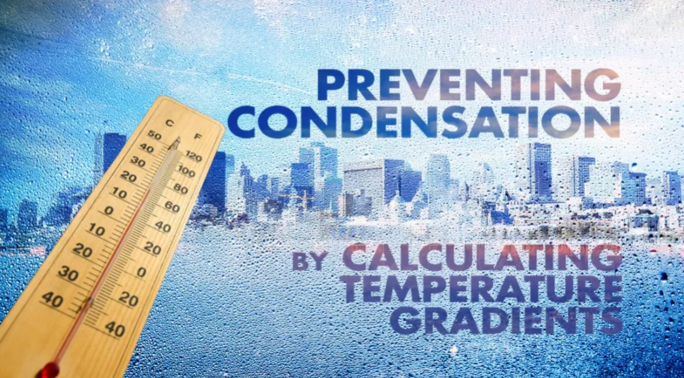How to Spray Foam a Roof

Four primary needs for adding spray foam roofing systems to your next project.
By SprayWorks Equipment Group, LLC
Beyond having a qualified Spray Mechanic – spray foam roof insulation starts with manufacturing guidelines defined by the material supplier, equipment manufacturer, industry standards, and variables that change from project to project. Below are some of the primary needs as you approach adding spray foam roofing systems to your next project.
- Know the basics of processing guidelines – Processing guidelines tend to be a rabbit hole, however let’s address the main factors for applying a spray foam roof system. Building codes can be a slippery slope and are typically updated annually, so it’s important to stay up-to-date on any changes made and to have frequent safety meetings to ensure your crew understand code requirements. If your employee is injured, OSHA will fine you for their mistakes. Alternatively, ensuring you are using the appropriate roof substrate and that it is structurally sound, is important no matter what application method you use. Closed Cell Spray Foam can be applied to virtually any substrate as a retrofit over an existing roof.
- Prepping the roof – The longevity of your roof is very dependent on how well you prepare the roof to adhere to the insulation. Pressure washing, recovery boards, and primers can all be used to create a structurally sound and adherent surface. Your spray foam chemical manufacturer or roofing supplier is a great resource when it comes to determining what it takes to prepare a roof for applying the spray foam system.
- Understand environmental conditions – Climate, location, and time of year are all major factors in environmental factors impacting your spray foam roof system being installed. If you are applying the material in the spring, expect delays with rain. Summer months typically bring high winds in hurricane regions and winter months may be too cold to apply material, depending on your location. Each material is slightly different, so check with the manufacturer to identify accurate application temperatures.
- Apply material – Because spray foam insulation requires manufacturing or processing the material on-site and dealing with a variety of challenges, selecting the appropriate material is vital to the longevity of the roof. Closed Cell is the only type of foam you can apply to exterior structures and acts…
Click here to read the full article on SprayWorksEquipment.com.
© SprayWorks Equipment Group, LLC Copyright 2017






















Comments
Leave a Reply
Have an account? Login to leave a comment!
Sign In